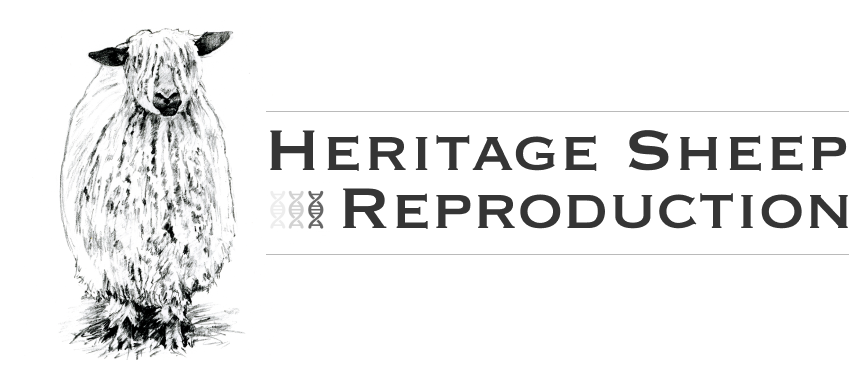October 21, 2020
Noted as the ‘great improver’ the Southdown is the forefather to a number of UK breeds, having been the original down breed developed in the 18th century from the native sheep which grazed the South Downs in southern England.
Once the most dominant terminal sire in the UK and arguably the world, the breed lost favour following the importation of Continental breeds to the UK in the latter part of the 20th century, but is enjoying a revival as breeders continue to develop the breed for the modern market.
Easily recognised by its tight fleece and wool covered head, the breed carries an exceptional carcass and its meat is recognised as among the highest quality available, carrying good levels of intramuscular fat (marbling), giving rise to tender, juicy cuts throughout the carcass.
An easily lambed breed with quick growing, rapidly finished lambs, the Southdown is also the breed of choice for many small flock owners wanting docile, yet active sheep to graze poorer quality pasture.
Following a period of decline, the importation of genetics from New Zealand, Australia and France has seen the breed further developed and increase in popularity once again.
Larger framed sheep which retain the easy fleshing characteristics of the breed have found favour among breeders and become the standard for which the breed is known.
Today the breed is widely being used as a terminal sire in flocks across the UK and particularly for those flocks which chose to lamb their ewe lambs in their first year, with its ease of lambing and the ability of lambs to thrive off pasture and their dam’s milk alone making it the ideal choice for these situations.

|
 |

